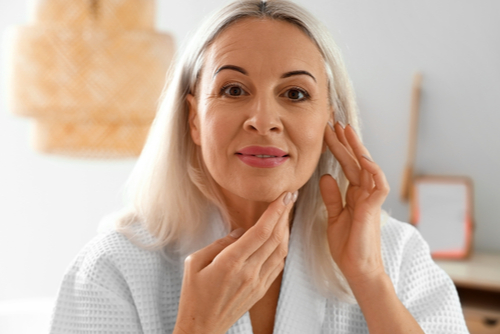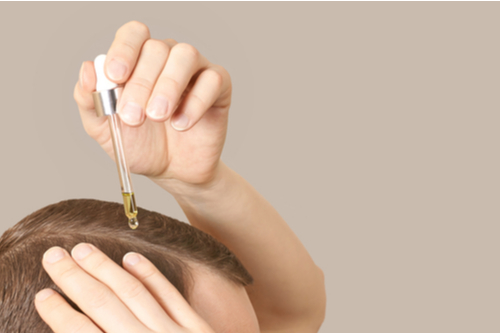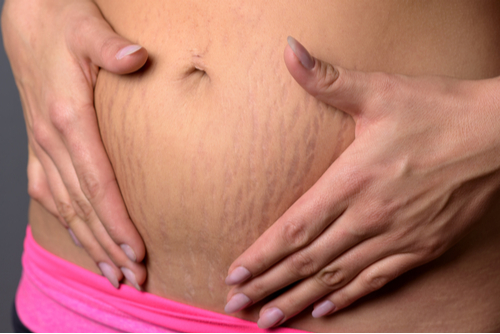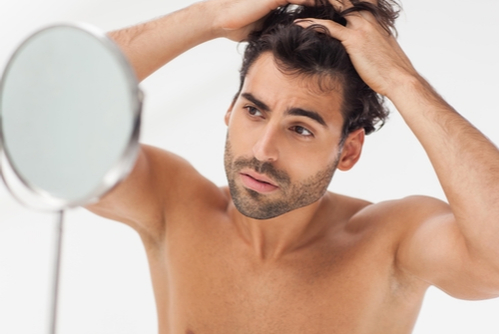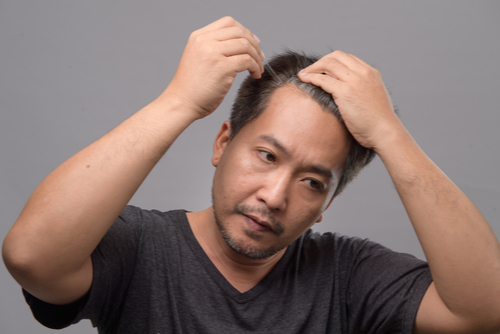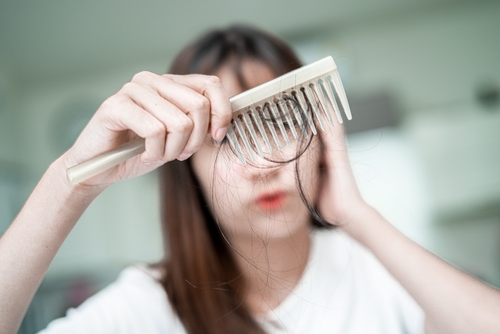
Hair loss is a condition most often associated with men due to increased testosterone levels and genetic predisposition. However, women do also experience hair loss and thinning with age. It is often more subtle because it happens primarily on the top of the head along the part. Of course, medical conditions, genetics, and other factors all can cause worsened hair loss in women. So, does PRP work for female hair loss?
If hair loss in a woman is not yet extensive, platelet rich plasma can absolutely help slow the progression and restore hair. It works similarly to a PRP hair restoration treatment for men. Sometimes—depending on the reasons for the hair loss—other treatments may be recommended. Whether it be outside of the cosmetic realm or not, combining treatments does usually yield better results.
Hair loss in women can be especially stressful since women are often expected to have more hair and it becomes a larger part of a feminine identity. PRP is one option that allows women to slow hair loss and keep their natural hair longer.
To learn more and schedule a consultation, call us at 206-279-2112. You can also reach out online via chat or contact form.


